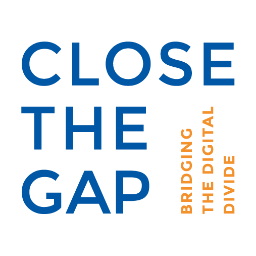DIGITAL DIVIDE INFORMATION
In the twenty-first century, it is becoming evident that the Internet is rapidly developed into more than just a communication tool. The Internet is minimally resulting in a significant change in the transferring of information and arguably has many more profound social consequences. It is profoundly affecting and becoming deeply embedded within the social, political, and cultural fabric of daily lives on a global scale. The consequences of modern communication technology were first identified by Marshall McLuhan in 1962 and reiterated by Alvin Toffler, an American writer and futurist, in 1980. Both theorists predicted that humanity was entering into a new technology and information age or what Toffler called the Third Wave. This paper examines how Internet Technologies (ITs), which are communication technologies that use the Internet, are creating a divide between the skills individuals are using inside the classroom and their daily lives.
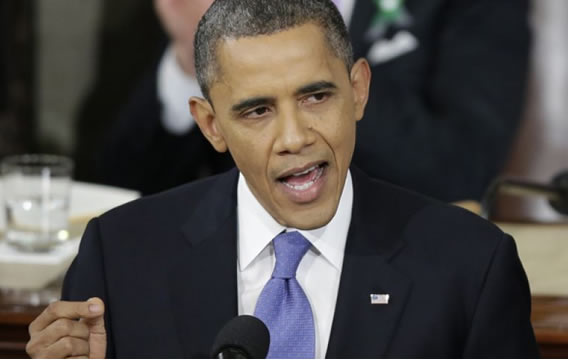
DIGITAL DIVIDE RESOURCES
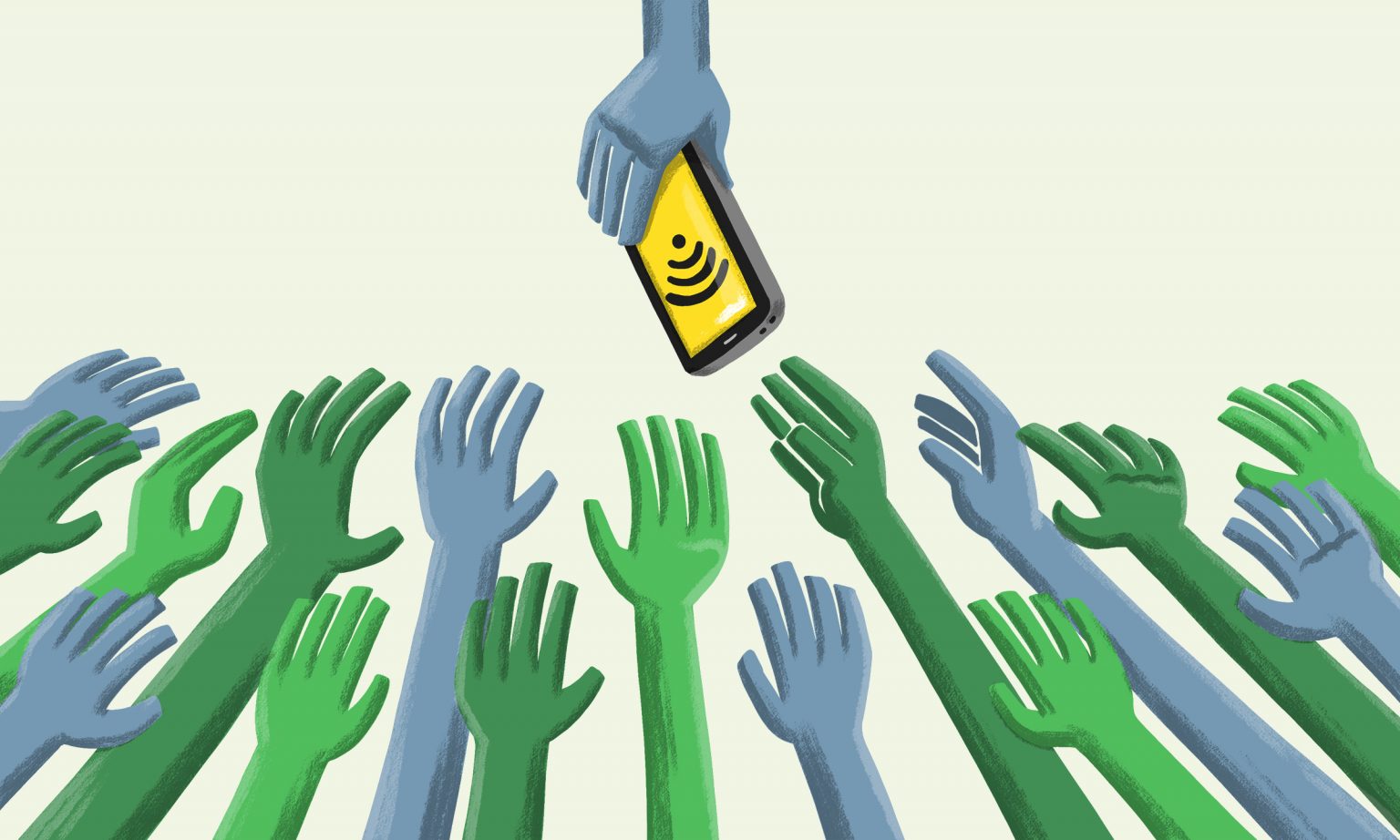
Capgemini Research: COVID-19 lays bare the disadvantages of the digital divide.
“The Great Digital Divide: Why bringing the digitally excluded online should be a global priority” reveals that even before the pandemic hit, 69% of people without online access were living in poverty[1]and that 48% of the offline population wanted access to the internet – trends that will have intensified due to worldwide events over recent months.
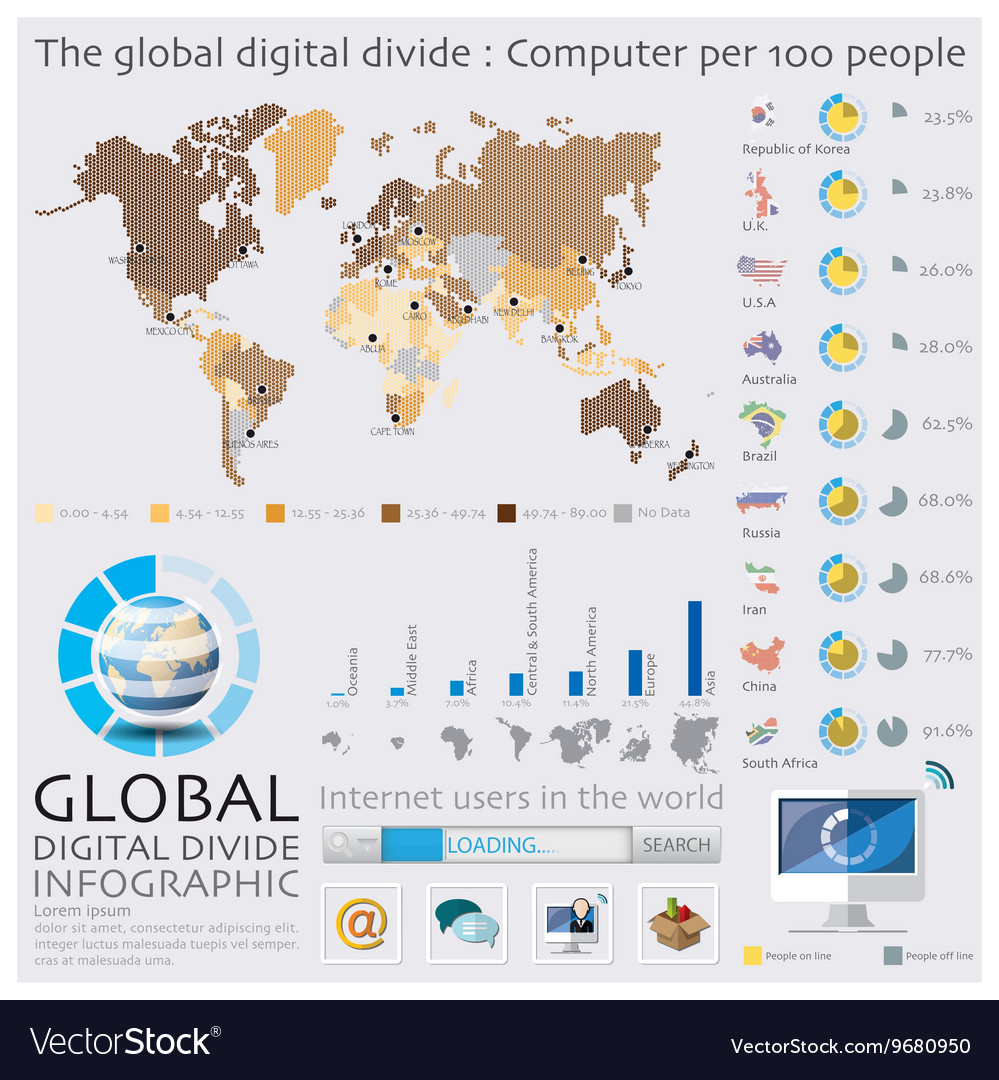
Internet World Stats
Internet World Stats is an International website that features up to date World Internet Users, Population Statistics, Social Media Stats and Internet Market Research Data, for over 243 individual countries and world regions.
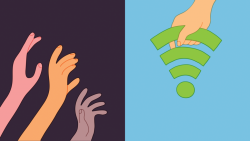
Wharton Public Policy Initiative’s
Google, Facebook, Twitter, Snap, Amazon, Microsoft, Apple — these companies have become household names, and the world today heavily relies on their services. To many, the benefits of cheap and easy connection to information are obvious, ranging from increased educational and career opportunities to an increased rate of technological innovation. However, as the pace of this progress accelerates, two distinct issues have remained concerning: the use of these technologies and access to them. The topic of this article mostly focuses on how people still lack access to the Internet. This lack of access to and of use of the Internet is known as the “digital divide.”

National Digital Inclusion Alliance
The National Digital Inclusion Alliance is a unified voice for home broadband access, public broadband access, personal devices and local technology training and support programs. We work collaboratively to craft, identify and disseminate financial and operational resources for digital inclusion programs while serving as a bridge to policymakers and the general public.
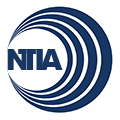
NTIA’s BroadbandUSA program
NTIA is engaged in a range of efforts to increase broadband Internet access and adoption in America, which supports economic growth, job creation, and improved education, health care, and public safety. NTIA’s BroadbandUSA program serves communities, industry and nonprofits that want to expand broadband infrastructure and promote digital inclusion. BroadbandUSA’s services are driven by the needs and interests of state and local broadband leaders, and focus on encouraging private partnerships, supporting planning efforts, helping to identify funding, and implementing public-private broadband partnerships. NTIA also conducts research and analysis into broadband usage and adoption through our Digital Nation initiative.
We can ill afford to ignore
Bridging the digital divide requires collaboration and leadership from private organizations, governments, NGOs, non-profits, and academia. Private organizations should invest in digital inclusion as part of their CSR agendas, educate people on how to stay safe online, and recruit from marginalized communities. Policymakers and governments should make the internet, devices, and online public services more accessible to marginalized communities. Private organizations and policymakers together should focus on public-private partnerships and educate disadvantaged offline populations about the value of the internet. If the public and private sectors fail to work effectively together, the digital divide will continue to create inequalities across the world. This is something we can ill afford.
